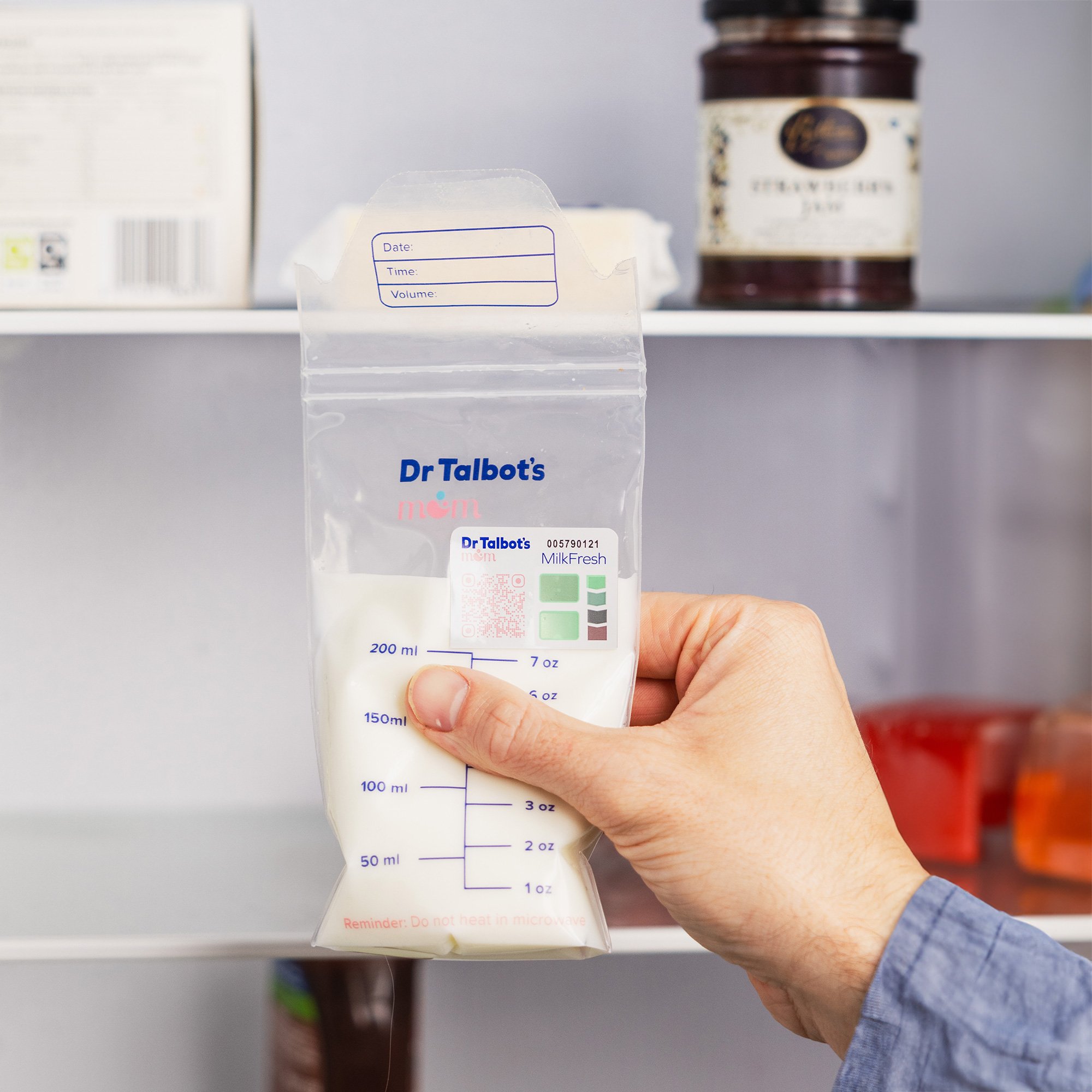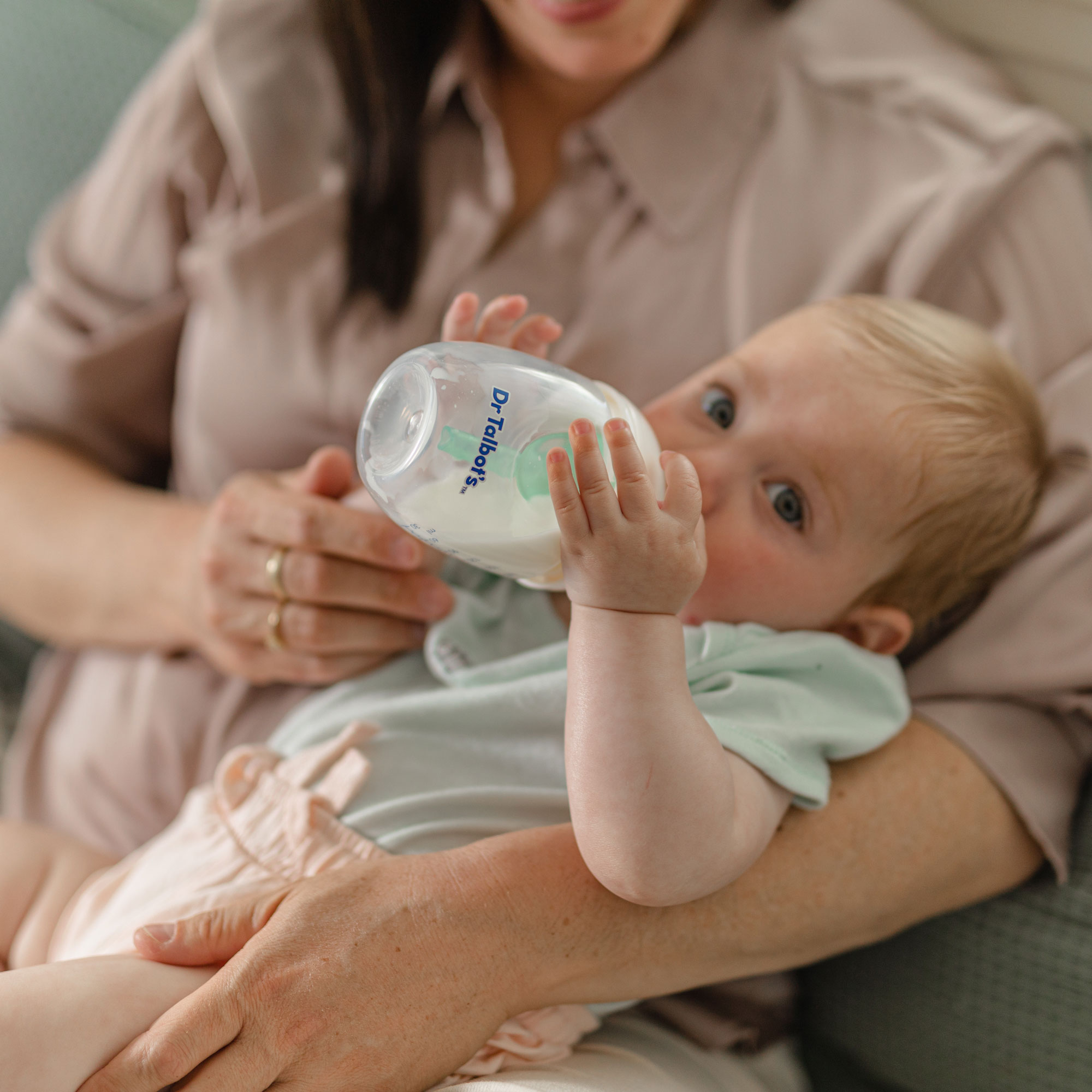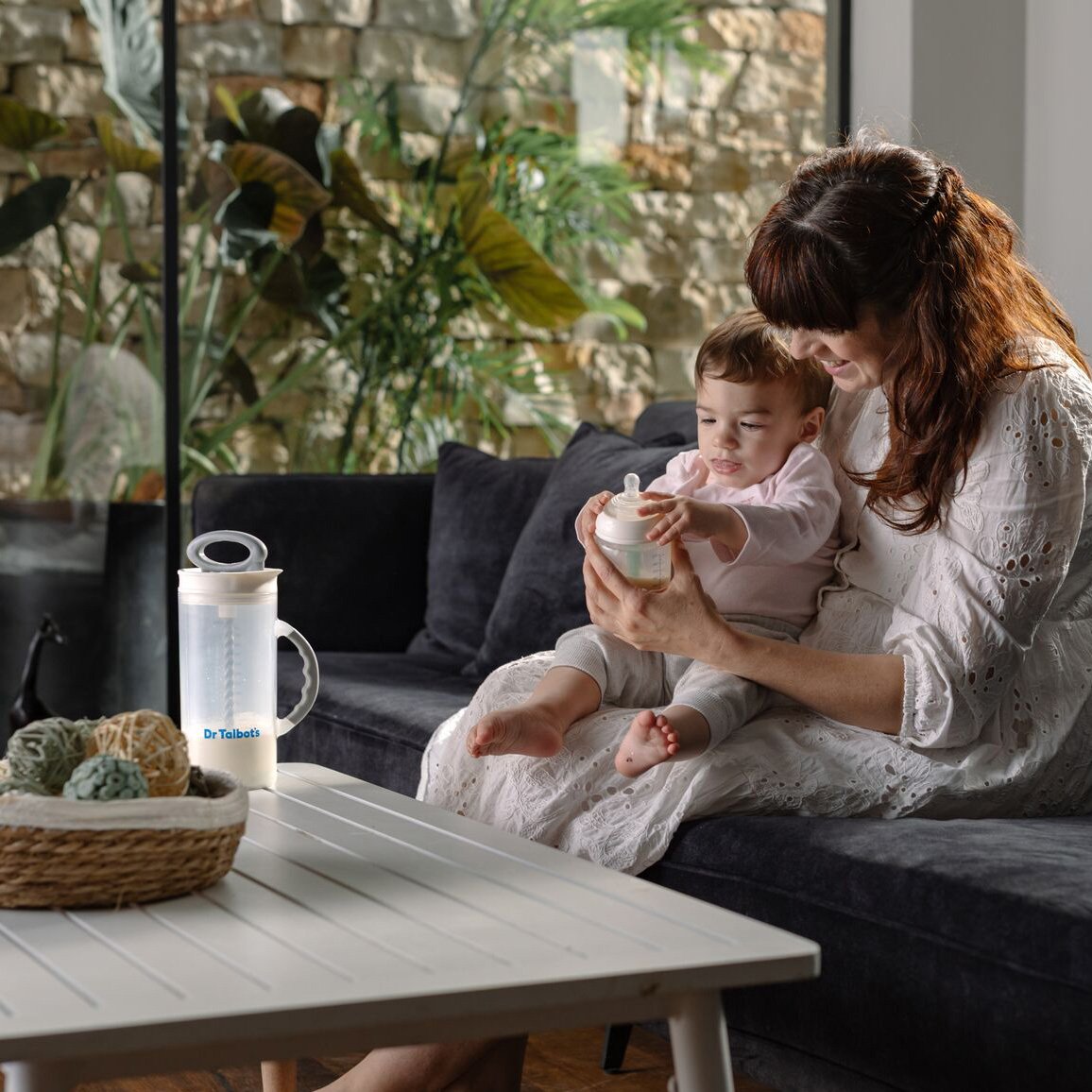When your baby is cranky and needs feeding, time can feel like it’s moving in slow motion—especially if the milk they’re waiting for is frozen. Defrosting breast milk quickly is a skill every parent should master to handle those urgent moments without sacrificing the milk's safety or nutritional value.

In this article, we’ll explore the best ways to defrost breast milk quickly and safely.
Why You May Need to Defrost Breast Milk Quickly
Life with a newborn is unpredictable, and sometimes, you need to defrost breast milk quickly. Whether it's an unexpected feeding, a missed pumping session, or simply a hungry baby, knowing how to safely and efficiently defrost milk is essential.
But speed doesn’t mean compromising on safety. Proper techniques ensure that the milk retains its nutrients and avoids contamination, even when defrosted quickly.
How to Defrost Breast Milk Quickly: Step-by-Step Guide
There are two reliable and safe methods to defrost breast milk quickly:
Option 1: Use Warm Water
Fill a bowl or sink with warm water (not hot). The temperature should feel comfortable to your skin, like a warm bath.
Place the sealed breast milk bag or bottle into the water. Ensure the container is fully submerged.
Gently swirl the milk occasionally to help it thaw evenly.
Within 10–15 minutes, the milk should be ready for feeding.
Option 2: Run Under Warm Tap Water
Hold the milk bag or bottle under a steady stream of warm running water.
Rotate the container and gently massage the milk as it thaws to speed up the process.
This method typically defrosts the milk in 5–10 minutes, making it the fastest safe option.
Both methods are simple and effective while maintaining the milk's integrity.

Tips for Safely Defrosting Breast Milk Quickly
Quick doesn’t have to mean careless. Follow these tips to ensure the milk stays safe and nutritious:
Use sealed storage containers: Always defrost milk in airtight bags or bottles to prevent water or bacteria from contaminating it.
Test the temperature: Before feeding, drop a little milk on your wrist—it should feel lukewarm, not hot.
Mix separated fats: Gently swirl the milk after defrosting to redistribute any fats that may have separated during storage. Avoid vigorous shaking, which can break down some of the milk’s beneficial components.
What to Avoid When Defrosting Breast Milk Quickly
Not all defrosting methods are created equal. Some can harm the milk or pose risks to your baby’s health. Here’s what to avoid:
Microwaves: Microwaving breast milk creates uneven heating, which can lead to hot spots that might burn your baby. Additionally, microwaves can destroy essential nutrients.
Boiling Water: Placing breast milk in boiling water exposes it to high heat, which breaks down proteins and diminishes its nutritional value.
Room Temperature Defrosting: Leaving frozen breast milk out on the counter might seem quick, but it significantly increases the risk of bacterial growth.
Stick to warm water or running water methods to defrost breast milk safely and efficiently.

How to Prevent the Need for Quick Defrosting
While knowing how to defrost breast milk quickly is useful, planning ahead can save you from last-minute scrambles. Here’s how:
Plan your feedings: Move the next day’s milk from the freezer to the refrigerator the night before. Breast milk takes 12–24 hours to defrost in the fridge, giving you a steady supply.
Freeze in smaller portions: Storing milk in smaller quantities, like 2–4 ounces per bag, reduces defrosting time and minimizes waste.
Invest in an insulated bottle warmer: When you’re on the go, a portable warmer can help defrost milk more consistently than running water.
By anticipating your baby’s feeding needs, you’ll reduce the need for urgent defrosting.
FAQs: How to Defrost Breast Milk Quickly
What’s the fastest way to defrost breast milk?
Running warm tap water over the sealed milk bag or bottle is the quickest and safest method, typically taking 5–10 minutes.
Can I use warm water to defrost frozen breast milk quickly?
Yes, warm water is an effective and gentle way to defrost milk without compromising its nutrients. Avoid using hot or boiling water.
How long does it take to defrost breast milk under warm running water?
It usually takes 5–10 minutes, depending on the amount of milk.
Is it safe to defrost frozen breast milk quickly in a microwave?
No, microwaving breast milk can create dangerous hot spots and destroy essential nutrients.
How can I avoid needing to defrost breast milk quickly in the future?
Plan feedings by transferring frozen milk to the fridge in advance and freeze milk in smaller portions to reduce defrosting time.
Conclusion
Defrosting breast milk quickly doesn’t have to be complex. With warm water or running water techniques, you can have your baby’s milk ready in minutes without compromising its safety or quality. These methods are efficient and preserve the essential nutrients that make breast milk so valuable for your baby.
By planning ahead and using proper storage techniques, you can avoid the need for last-minute defrosting and make feeding time smoother for both you and your baby. Every drop counts, so treat it with care—your baby will thank you!